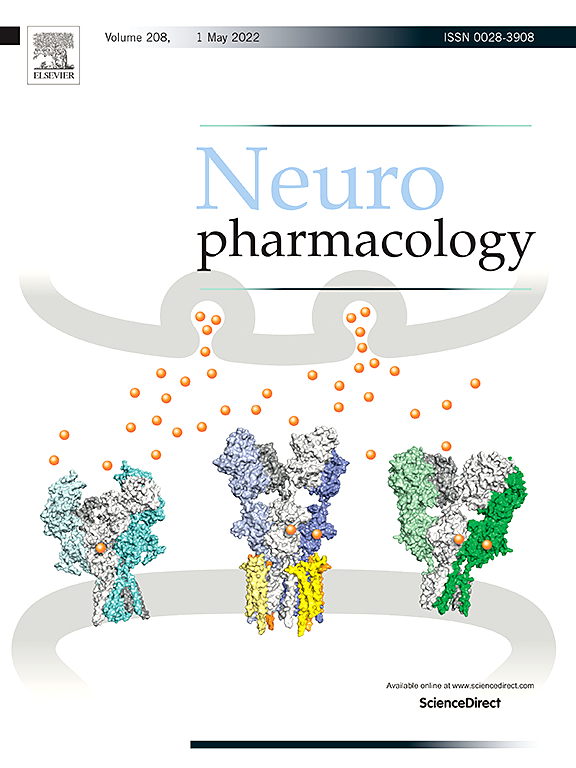
Neuropharmacology
2021 Mar 1;185:108453.
doi: 10.1016/j.neuropharm.2021.108453. Epub 2021 Jan 12.
Abstract
Acid-sensing ion channels (ASICs) are proton-gated cationic channels involved in pain and other processes, underscoring the potential therapeutic value of specific inhibitors such as the three-finger toxin mambalgin-1 (Mamb-1) from snake venom. A low-resolution structure of the human-ASIC1a/Mamb-1 complex obtained by cryo-electron microscopy has been recently reported, implementing the structure of the chicken-ASIC1/Mamb-1 complex previously published. Here we combine structure-activity relationship of both the rat ASIC1a channel and the Mamb-1 toxin with a molecular dynamics simulation to obtain a detailed picture at the level of side-chain interactions of the binding of Mamb-1 on rat ASIC1a channels and of its inhibition mechanism. Fingers I and II of Mamb-1 but not the core of the toxin are required for interaction with the thumb domain of ASIC1a, and Lys-8 of finger I potentially interacts with Tyr-358 in the thumb domain. Mamb-1 does not interfere directly with the pH sensor as previously suggested, but locks by several contacts a key hinge between α4 and α5 helices in the thumb domain of ASIC1a to prevent channel opening. Our results provide an improved model of inhibition of mammalian ASIC1a channels by Mamb-1 and clues for further development of optimized ASIC blockers.
Keywords: 121513904); Acid-sensing ion channel; Inhibition mechanism; Mambalgin; Mambalgin-1 (PubChem CID; Pain; Sodium channel; Toxin.
Copyright © 2021 Elsevier Ltd. All rights reserved.
- PMID: 33450275
- DOI: 10.1016/j.neuropharm.2021.108453
